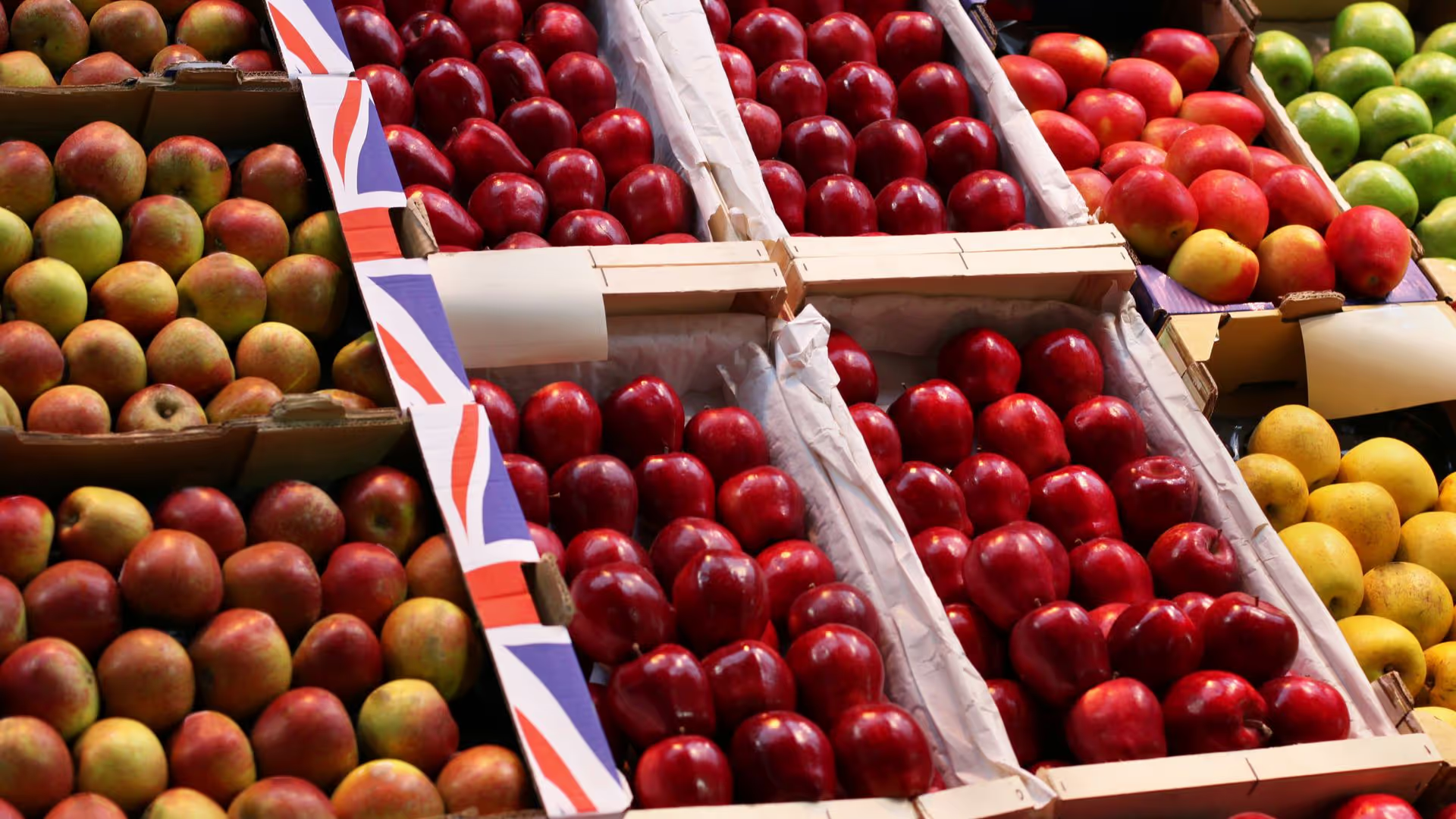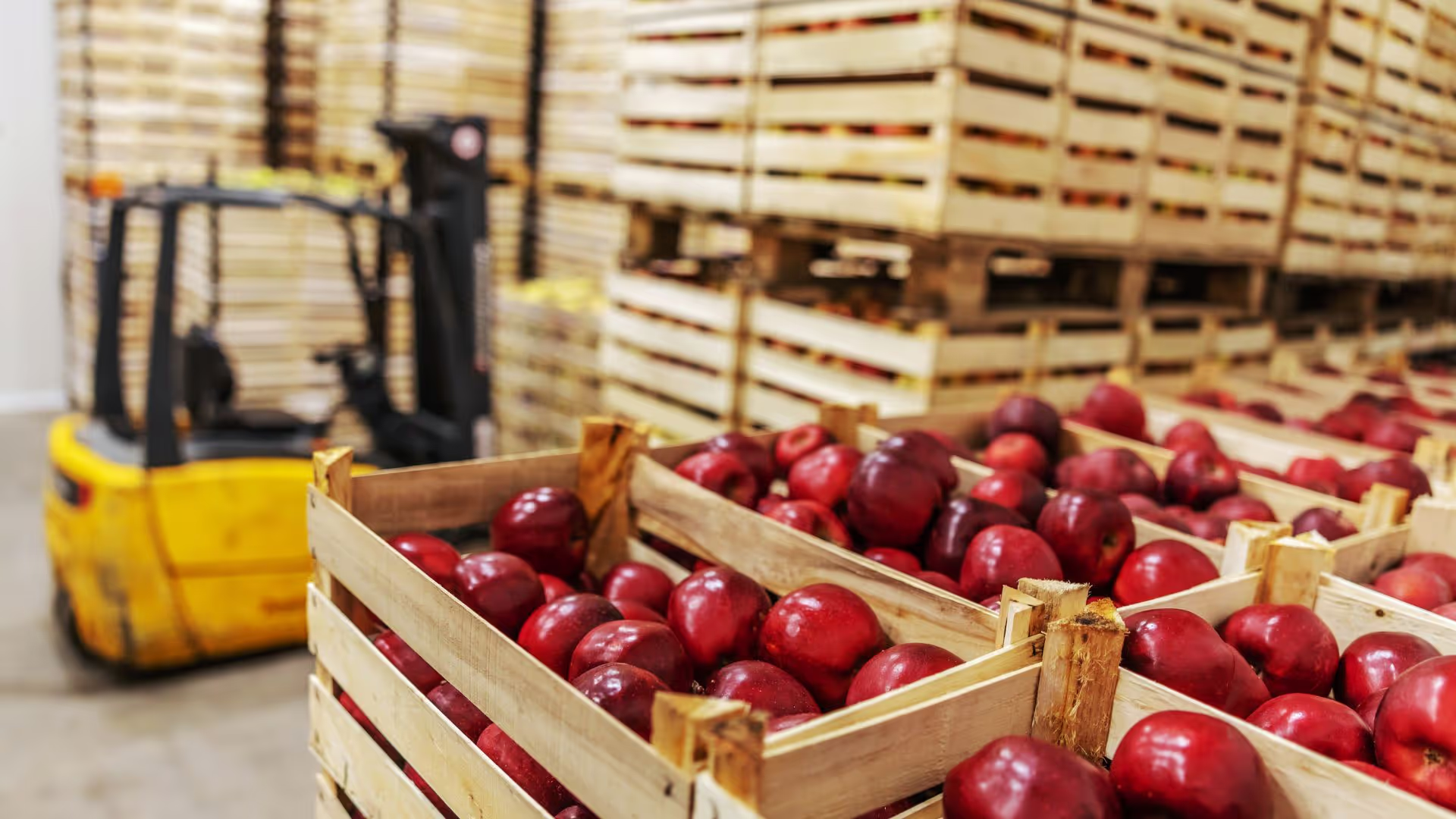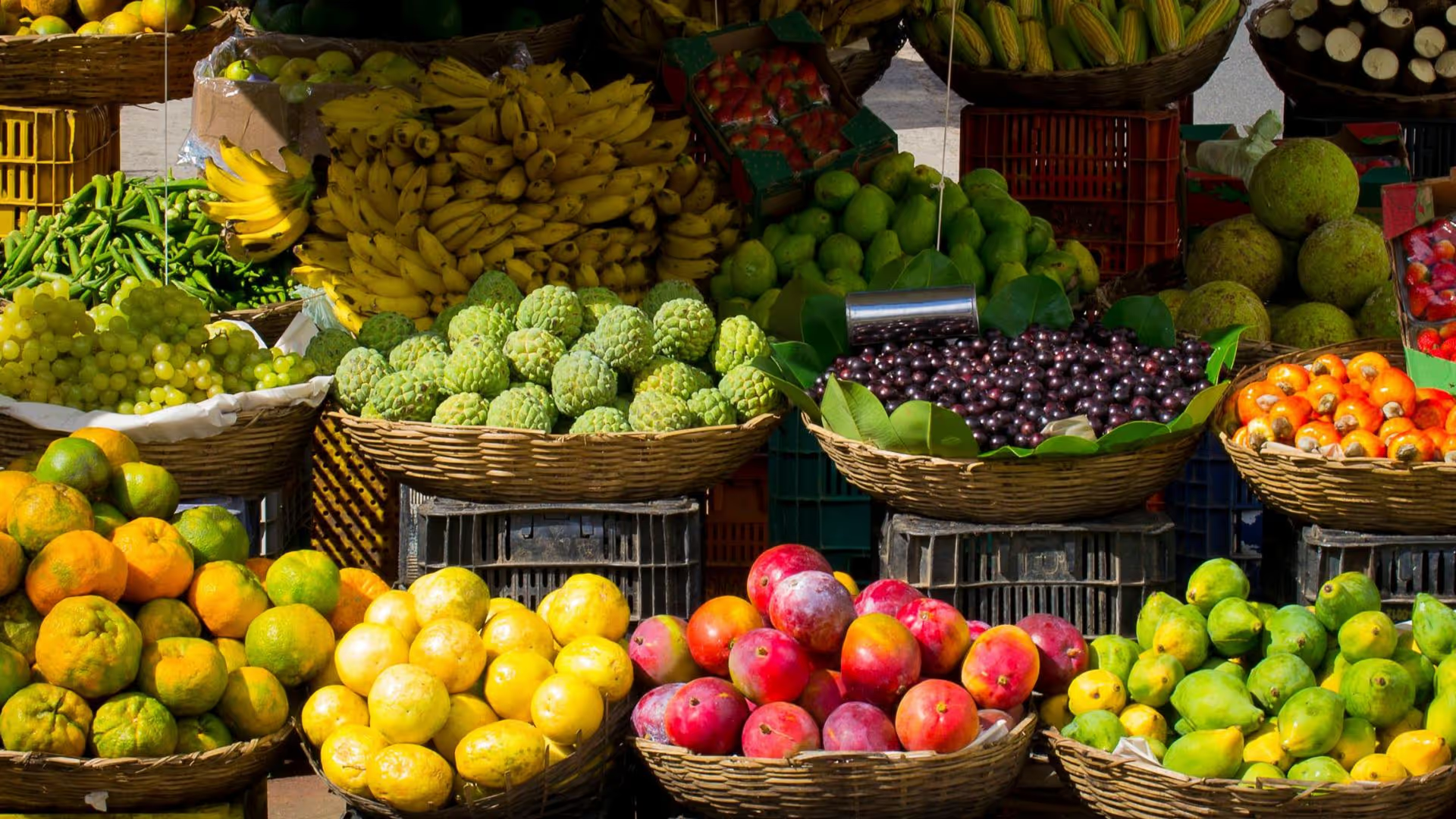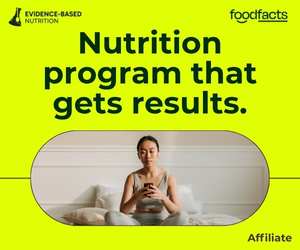
Are Italian apples really six times healthier than American apples?





Coral Red: Mostly False
Orange: Misleading
Yellow: Mostly True
Green: True
Learn more about our fact-checking policies
During a recent episode of The Ultimate Human Podcast, Gary Brecka’s guest Shayna Taylor compared the nutrient density of American and Italian apples, claiming that in America, you would need to eat six apples to get the nutrients from one apple.
Comparisons between the quality of food products in America and European countries, especially Italy, are very popular on social media. In this fact-check, we explore the scientific evidence behind this claim.
Full Claim: "It's like an apple in America, you eat one and you actually only get the nutrients that is like a quarter of an apple and then, so you have to eat six apples in order to get the nutrients of one apple. Whereas when you go to Italy and you eat a tomato or an apple you're like "Whoa this tastes so good." And it's like "Well yeah." And it's nutrient dense." (37:50') [29th April 2025]
While nutrient levels in apples can vary due to variety, soil conditions, and storage methods, there is no scientific evidence supporting such a dramatic difference between U.S. and Italian apples. Apples from both the U.S. and Italy can be nutritious and beneficial to health.
Claims like this not only misrepresent the actual nutritional differences between produce from different countries, they also risk undermining a much more important and well-supported message: eating apples, regardless of where they're grown, is consistently associated with positive health outcomes.
By promoting the idea that only Italian apples are truly "nutrient-dense," the claim may discourage people from eating perfectly healthy, accessible options available locally. It creates unnecessary anxiety about food quality, undermines trust in domestic agriculture, and may lead consumers to overpay for imported goods under the false impression that they are dramatically superior.

Look for evidence: Reliable claims should be backed by scientific studies or data.
Claim: Apples in Italy are more nutrient dense than in America
Fact-Check: Many factors impact nutrient quality of apples.
Nutrient levels in fruits like apples do vary based on several factors:
Variety: There are approximately 7000 cultivated varieties of Malus domestica known worldwide, such as Royal Gala, Bravo, Granny Smith, Green Star, Fuji, and Golden Delicious. Nutrient composition, especially polyphenol content, which has positive links to human health, varies among them. For example, Red Delicious has about 207.7 mg of phenolic compounds per portion, while Golden Delicious has around 92.5 mg.

Soil & Climate: Soil health, determined by biological activity, mineral composition, pH, and contamination, can impact nutrient uptake. Climate, irrigation, and orchard management practices (like fertilisation and pruning) also impact nutrient density and fruit quality.
It is important to note that these factors differ not just between countries, but also between regions and even individual farms in both the U.S. and Italy, so blanket statements comparing apples in Italy and in America lack context.
Storage & Processing: Phytonutrients can vary in apples depending on ripeness, season, and especially how the fruit is stored and processed. Cold storage, while essential for preservation and transport, can significantly reduce nutrient levels over time. Research shows that prolonged cold storage may decrease total phenol content by up to 50% in the flesh and 20% in the peel, due to the natural instability of these compounds.
Processing methods also matter. High temperatures, such as those used in drying or pasteurisation, can degrade nutrient compounds. As a result, apples that are stored for long periods or heavily processed may contain fewer beneficial nutrients than freshly harvested ones.
But here's the key: there is no evidence that nutritional variations are significant, let alone 6-fold, as the claim suggests.
Freshness does not equal nutritional density
Shayna Taylor’s claim that American apples offer only a fraction of the nutrients found in Italian ones relies heavily on the idea that Italian apples are "fresher" and therefore more nutritious. Perceived freshness and healthiness is indeed often cited as significantly determining consumers’ choices. Italian apples may feel fresher to a consumer, but that doesn’t mean they’re significantly more nutritious. Apples in the U.S. can be just as fresh, depending on source and timing. And even apples stored for weeks still offer meaningful health benefits. Italy and the U.S. could equally have apples available at local fruit markets and pre-packaged apples in larger stores.

What else impacts perceived freshness?
The claim appeals to the idea that food in Europe is better than in the U.S. A big part of why European fruit and vegetables may taste better to visitors is linked to culture, shopping habits, and spending. In countries like Italy and France, people often shop at small local markets several times a week. These shorter supply chains mean produce may reach the plate faster than supermarket imports. Europeans also tend to spend a higher share of household income on food. While this trend is also growing in the U.S. (source), surveys show that as inflation rises, Italians say they are ready to make other sacrifices in order to keep buying high quality produce. This might mean buying high-quality, locally grown produce on a more regular basis.
Eating behaviours can also change during tourism (source): American tourists or expats in Europe are more likely to buy fresh fruit from local markets or eat seasonal produce at restaurants, a very different experience than grabbing pre-packaged fruit from a chain store back home. This can reinforce the belief that European fruit is always better, when much of the difference is about context, not inherent nutritional superiority.
This is important, because claims like this misrepresent real differences, such as local farming practices or shopping culture, and replace them with a false notion that products are only worth eating when they come from selective sources.

For millions of Americans, affordable, local apples are an important source of nutrients. Many communities already face barriers to fresh food access, with millions living in food deserts. Almost 2 million households in America live far away from a supermarket and are without a vehicle (source), making access to fresh food products extremely difficult. Discouraging people from eating what is available, and perfectly healthy, only fuels confusion and anxiety about food quality.
Final Take Away
There’s no credible evidence that you’d need to eat six American apples to equal one Italian apple in nutrients. What matters more is eating fresh produce regularly, from any good source you can access. Wherever you live, choosing an apple, instead of perhaps skipping fruit altogether, remains one of the simplest ways to add fibre, antioxidants, and crunch to your diet.
Claims like this can do more harm than good. Yes, the American food system is in need of improvements. But in a context where 95% of Americans do not consume enough fibre (source), claims that could lead to distrust of ‘even the humble apple’ won’t achieve the type of change that is needed.
We have contacted Gary Brecka and are awaiting a response.
Disclaimer
This fact-check is intended to provide information based on available scientific evidence. It should not be considered as medical advice. For personalised health guidance, consult with a qualified healthcare professional.
Sources
Al-juhaimi. F. et al. (2018). “Effect of various food processing and handling methods on preservation of natural antioxidants in fruits and vegetables.”
Carbone, K., et al. (2011). “Phenolic composition and free radical scavenging activity of different apple varieties in relation to the cultivar, tissue type and storage.”
Donley. N. (2019). “The US lags behind other agricultural nations in banning harmful pesticides.”
Drewnowski. A. (2009). “Defining nutrient density: development and validation of the nutrient rich foods index.”
Farqani. A. A., et al. (2025). “Effects of soil pH on growth, early fruiting and mineral nutrient profile of Honeycrisp apple trees grafted on eight rootstocks.”
Hammerstone. J. F., et al. (2000). “Procyanidin Content and variation in some commonly consumed foods.”
Hyso. D. A. (2011). “A comprehensive review of apples and apple components and their relationship to human health.
Jaeger S. R., et al. (2023). “An exploration of what freshness in fruit means to consumers.”
Lozowicka. B. (2015). “Health risk for children and adults consuming apples with pesticide residue.”
Mak. H. N. A., Lumbers. M., Eves. A., Chang R. C. Y. (2012). “Factors influencing tourist food consumption”.
Mierczak. K, & Garus-Pakowska. A. (2024). “An overview of apple varieties and the importance of apple consumption in the prevention of non-communicable diseases- A narrative review.”
Montgomery D. R., & Bikle. A. (2021). “Soil health and nutrient density: Beyond organic vs. conventional farming.”
Slowik. K., et al. (1980). “Management practices and nutrition in apple trees.”
Washington State University. (2020). “Soil health in Orchards.”
Zeballos, E. & Sinclair, W. (USDA). (2023). “Share of income spent on food increased 13 percent in 2022, led by food-away-from-home spending.”
ISMEA (2022). “Ismea survey: "Impact of inflation on Italians' consumption"-Consumers willing to make sacrifices in order to safeguard the quality of food spending.”
Mak, A. et al. (2012). “Factors Influencing Tourist Food Consumption.”
USDA (2025). “Food Access Research Atlas - Documentation.”
Quagliani, D. & Felt-Gunderson, P. (2016). “Closing America’s Fiber Intake Gap.”



Foodfacts.org is an independent non-profit fact-checking platform dedicated to exposing misinformation in the food industry. We provide transparent, science-based insights on nutrition, health, and environmental impacts, empowering consumers to make informed choices for a healthier society and planet.
🛡️ Stand Against Nutrition Misinformation
Misinformation is a growing threat to our health and planet. At FoodFacts.org, we're dedicated to exposing the truth behind misleading food narratives. But we can't do it without your support.
Your monthly donation can:
✅ Combat viral diet myths and corporate spin
✅ Support our team of dedicated fact-checkers and educators
✅ Keep our myth-busting platforms running

Was this article helpful?















.svg)
